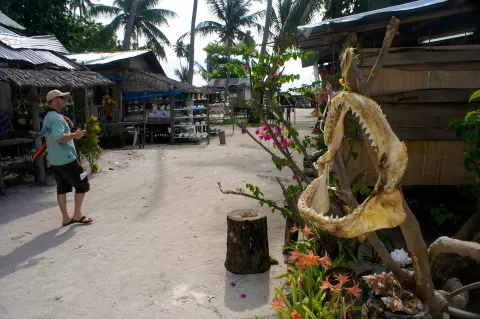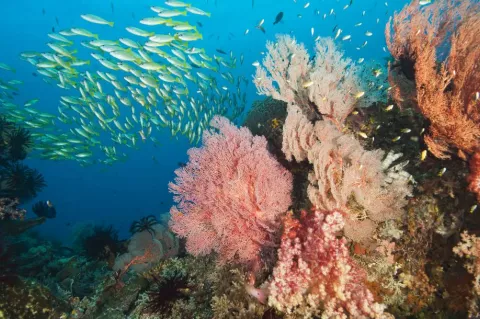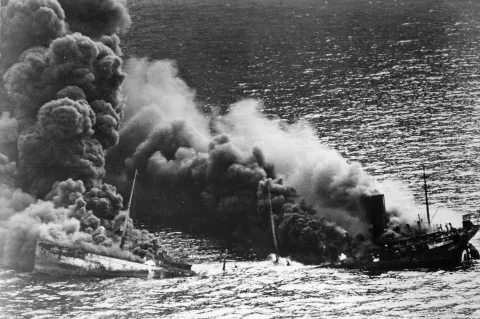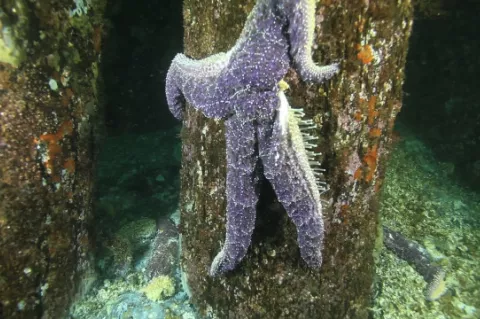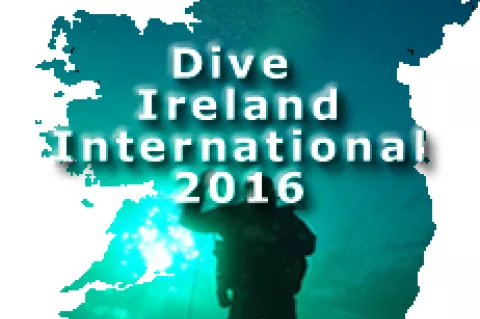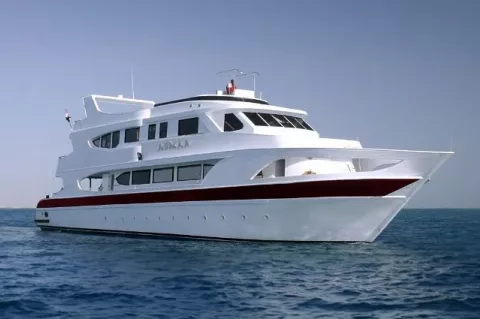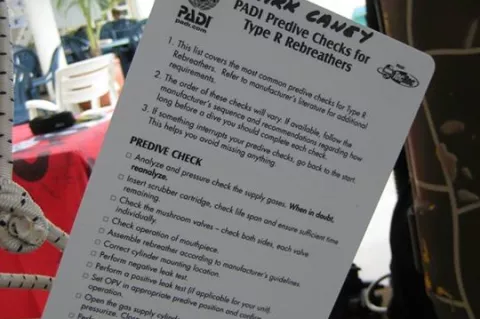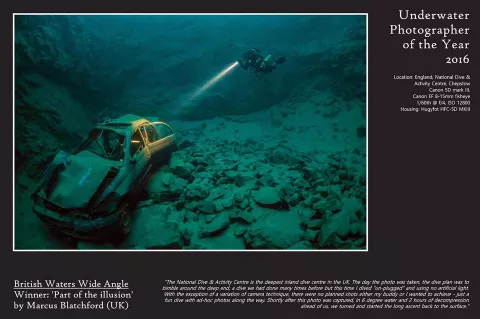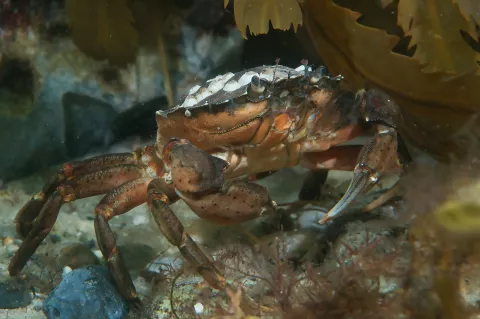Shark fishing to be banned in Sabah marine parks
The area is home to about 80 percent of Sabah’s shark population, he said, according to Star Online.
The three parks are Tun Sakaran marine park in Semporna; Tunku Abdul Rahman marine park here; and the proposed Tun Mustapha marine park in Kudat.
The minister said the state had no choice but to use state laws to protect Sabah’s shark population when a request to the Federal government to amend the Fisheries Act to protect marine creature was rejected.

